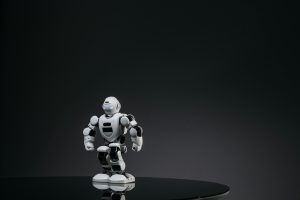Machine Intelligence Won’t Uprising to Exterminate Humanity; Instead, It Will Accelerate Human Tasks
Title: Rethinking the AI Threat: Humans Are the True Culprits
In recent discussions surrounding artificial intelligence, a common narrative portrays AI as an imminent existential threat to humanity. However, it’s essential to examine this perspective critically. The reality is that AI doesn’t pose an independent danger; instead, it acts as an accelerant for human actions—amplifying our capacity for both innovation and destruction.
Historically, humans have been responsible for catastrophic environmental changes. Approximately 70% of animal extinctions are attributable to human activity—deforestation, pollution, and climate change—none of which are caused by AI. Our exploitation of natural resources has led to the loss of biodiversity and the depletion of Earth’s vital ecosystems. Similarly, oceanic life and the planet’s oxygen-producing habitats suffer due to human-driven degradation.
Moreover, conflict and violence have been constants throughout human history. Warfare, political upheaval, and societal unrest are deeply rooted in human nature, not technological advancement. AI, in itself, does not instigate these issues; rather, it can be used as a tool within existing human frameworks.
It’s crucial to recognize that AI technology isn’t inherently malevolent. Instead, our concern should revolve around how we choose to utilize it. There’s a risk that, fueled by human motives, we could harness AI to accelerate destructive endeavors—spreading conflict, amplifying inequality, or damaging our environment on an unprecedented scale.
In essence, the greatest threat to our future isn’t AI as an autonomous agent but the human tendencies that have historically led to conflict and environmental harm. To navigate the challenges and harness AI’s potential responsibly, we must first address the underlying aspects of human behavior that have brought us to this point.














Post Comment